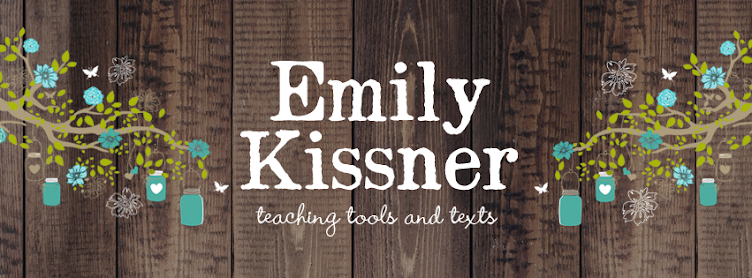I'm well into another school year, one that brings new challenges and opportunities. This year, my district has adopted Wonders as the core program, so I'm back to teaching from a basal series. I'm not going to really say any more about it right now as I'm not sure how I feel.
In Week 3 of the series, we are teaching about finding main ideas. (Teaching readers how to find main ideas in a text is one of those skills that follows me everywhere I go.) It's so interesting to see how sixth graders approach the task versus how fourth graders approach it. Sixth graders are capable of much more complex thinking and detailed analysis of main ideas.
Because of this, I decided to use a teaching method that I had developed back when I last taught sixth grade. In this method, readers analyze each sentence and consider the role that each sentence plays in the paragraph as a whole. It is a task that fourth graders found quite difficult. I was curious--what would sixth graders think?
I wanted to share this lesson, so I had to write the paragraphs myself. Because I didn't want to unconsciously make the paragraph too easy, I spread out the writing and research over several days. The topic relates to the Week 3 reading selection that students will soon face, equipping them with some background knowledge as they also analyze sentences.
The lesson begins with discussing the roles of sentences in a paragraph:
The first two kinds of sentences are pretty typical. The third, however, refers to those sentences that exist in a paragraph for stylistic purposes. I find it's important to address these sentences, both from a reader's perspective and an author's perspective. From a reader's perspective, there are definitely sentences in a paragraph that don't add information and don't state a main idea. We need a way to categorize them! From a writer's perspective, it's always helpful to look at examples of how an author makes information more friendly to a reader.
Next, students read the paragraph. I have a wide range of reading levels in my room so I used this as an opportunity to do some fluency modeling and choral reading--I read each sentence aloud, and students repeated it to me.
Our next task was to look at each sentence individually and consider its role. It's okay to skip sentences for the time being and look at others. Check out the first sentence, for example--this one names the topic of the paragraph and could end up being the topic sentence, so we decided to leave it aside for the moment.
With each sentence, my question was, "Does EVERY sentence in the paragraph relate back to an idea from this one?" Sixth graders should be able to easily categorize sentences 3, 4, 5, and 6 as detail sentences. This leads to the question--what is the topic of the paragraph? Students may be quick to shout out, "The D2!" However, the topic is a little more than that. The entire paragraph is about the technology of the D2. Point out to students that the paragraph doesn't describe what the D2 looks like, or who made it. Every sentence relates somehow to the technology of the rover.
By the end, we were left with the first or the last sentence as the topic sentence. You can definitely see how the first sentence is attractive. However, does it really show the main idea of the entire paragraph? It does not, which led students to decide that it was a Transition/Style paragraph: "It helps the reader to see what the paragraph will be about." This left us with the last sentence as the topic sentence.
As students worked on a second paragraph in their groups, I heard some great conversations going on. "That's more of a detail; that can't be the main idea," and "That last sentence--it wraps things up, but it doesn't show the main idea," were some of my favorite comments. At the end, students reflected on their learning and noted that the first sentence is not always the main idea, that main idea sentences can be tricky, and that there are sometimes sentences that are so exciting and interesting that they lead readers away from main ideas.
Was this method worthwhile for sixth graders? It was! Putting the information in a chart format really helped students to focus on each sentence individually. The conversations that students had were meaningful and led readers to the heart of comprehension.
You can read more about the Okeanos Expedition here. If your students want to see the D2 Rover up close, here is a video showing its launch.



